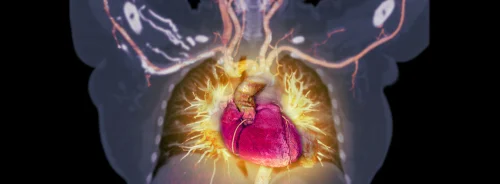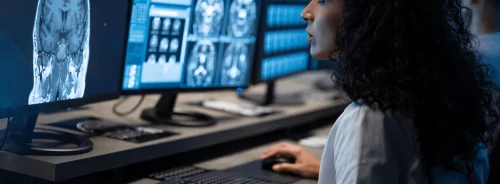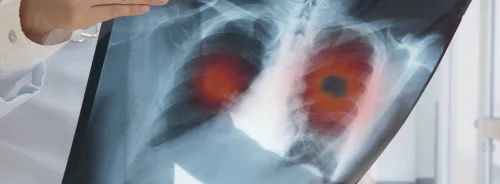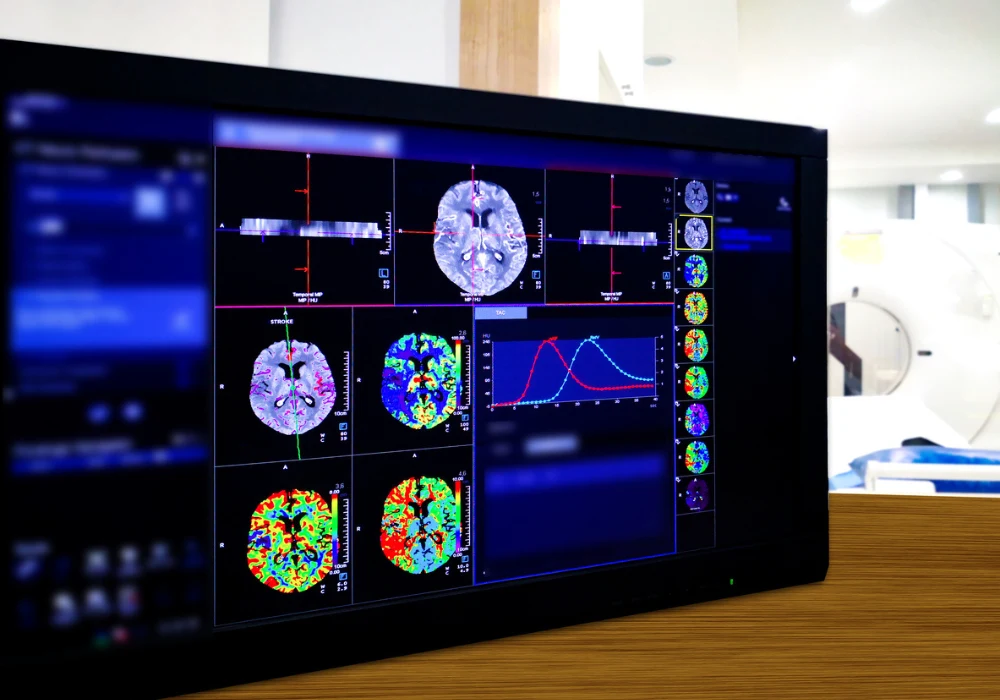Radiomics is a transformative field within medical imaging that seeks to extract quantitative imaging biomarkers from medical images. Unlike traditional qualitative analysis, which relies on subjective interpretation, radiomics uses advanced algorithms to analyse pixel-level data, uncovering features that are imperceptible to the human eye. This technology promises significant advancements in personalised medicine, particularly by enhancing diagnostic precision and tailoring treatment strategies. Despite its potential, the clinical integration of radiomics remains limited due to challenges in standardisation and reproducibility. This article delves into the applications, current challenges, and future directions of radiomics in medical imaging.
Radiomics in Oncologic and Non-Oncologic Applications
Radiomics has garnered substantial interest in oncology, where it plays a pivotal role in tumour characterisation. By analysing features such as texture, shape, and intensity distributions, radiomics can differentiate between benign and malignant lesions, predict tumour aggressiveness, and assess treatment response. For instance, specific texture patterns extracted from radiomic data correlate with genetic mutations and patient outcomes, offering a non-invasive means to guide therapy decisions.
Beyond oncology, radiomics is being explored in a range of non-oncologic conditions. In cardiovascular diseases, radiomics can analyse coronary plaque characteristics, potentially identifying plaques at higher risk of causing cardiovascular events. In inflammatory conditions like Crohn's disease and pancreatitis, radiomic features can help differentiate between active inflammation and fibrosis, which is critical for treatment planning. Similarly, in pneumonia, radiomics may assist in distinguishing between bacterial and viral infections based on imaging biomarkers. The wide range of applications underscores the versatility of radiomics, yet it also highlights the need for extensive validation across different diseases and imaging modalities.
Challenges in Radiomics Robustness and Reproducibility
The primary challenge facing the field of radiomics is the lack of robustness and reproducibility. The variability in imaging acquisition and reconstruction parameters can significantly influence the derived radiomic features, leading to inconsistencies. In single-energy CT (SECT) systems, variations in factors such as the type of scanner, radiation dose, voxel size, and reconstruction algorithms can alter the radiomic features extracted from the same tissue. Dual-energy CT (DECT) systems, which acquire images at two different energy levels, add another layer of complexity. DECT techniques, including dual-source, rapid kV-switching, and dual-layer systems, can produce significantly different radiomic data, even when imaging the same object under similar conditions.
This variability poses a significant obstacle to clinical implementation. For radiomics to be useful in a clinical setting, the features must be reproducible across different scanners and settings. However, studies have demonstrated that radiomic features can vary not only between SECT and DECT but also among different DECT systems. This inconsistency can undermine the reliability of radiomics as a tool for clinical decision-making. As a result, there's a critical need for standardisation in image acquisition protocols and feature extraction methodologies to ensure that radiomics can be applied consistently across different clinical environments.
Photon-Counting Detector CT: A Path to Improved Radiomics Analysis?
The development of photon-counting detector CT (PCD-CT) systems offers a promising avenue for enhancing the robustness of radiomics. Unlike traditional CT systems that convert X-rays into visible light before detecting them, PCD-CT systems directly convert X-rays into electrical signals. This direct conversion process reduces noise and improves spatial resolution, potentially leading to more accurate and reproducible radiomic features.
PCD-CT systems are particularly advantageous in low-dose imaging, where traditional CT systems may suffer from increased noise, thus compromising the reliability of radiomic analysis. The higher resolution of PCD-CT systems also allows for better characterisation of fine structures, which is crucial in diseases where subtle changes in tissue composition are clinically significant. However, the improved resolution also means that PCD-CT systems can detect minute differences that may not be clinically relevant, introducing variability in radiomic features.
Despite these advantages, PCD-CT systems are not yet widely available, and there is a limited amount of data comparing PCD-CT-derived radiomic features with those from traditional CT systems. This lack of data makes it difficult to fully assess the clinical utility of PCD-CT in radiomics. Furthermore, the unique characteristics of PCD-CT images may require the development of new radiomic algorithms tailored to this technology. As such, while PCD-CT holds promise, significant research is needed to establish its role in the broader landscape of radiomics.
Radiomics represents a significant leap forward in the field of medical imaging, offering the potential to extract detailed quantitative data that can inform diagnosis and treatment. Its applications in both oncologic and non-oncologic diseases highlight its versatility and potential impact. However, the field faces significant challenges, particularly in ensuring the robustness and reproducibility of radiomic features across different imaging systems and protocols. The variability in radiomic features due to differences in image acquisition and reconstruction underscores the need for standardised protocols and further research.
The emergence of PCD-CT systems provides a promising path towards more stable and reproducible radiomic features. However, the limited availability of this technology and the need for more comparative studies mean that it is not yet a complete solution. The future of radiomics will likely depend on the development of standardised imaging protocols, the validation of radiomic features in diverse clinical settings, and the integration of advanced imaging technologies like PCD-CT. As the field continues to evolve, these efforts will be crucial in unlocking the full potential of radiomics in personalised medicine and improving patient outcomes.
Source Credit: European Radiology
Image Credit: iStock






